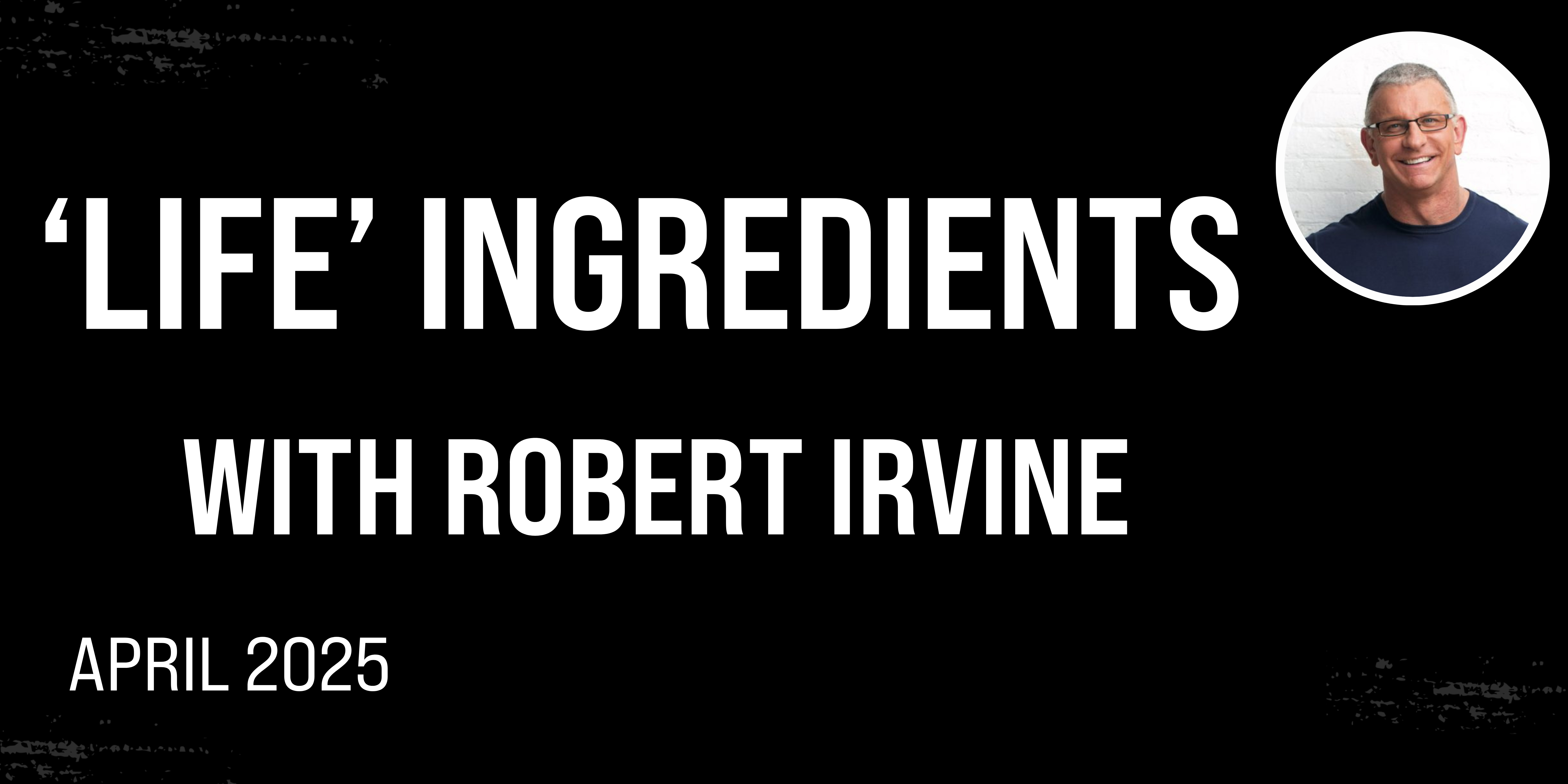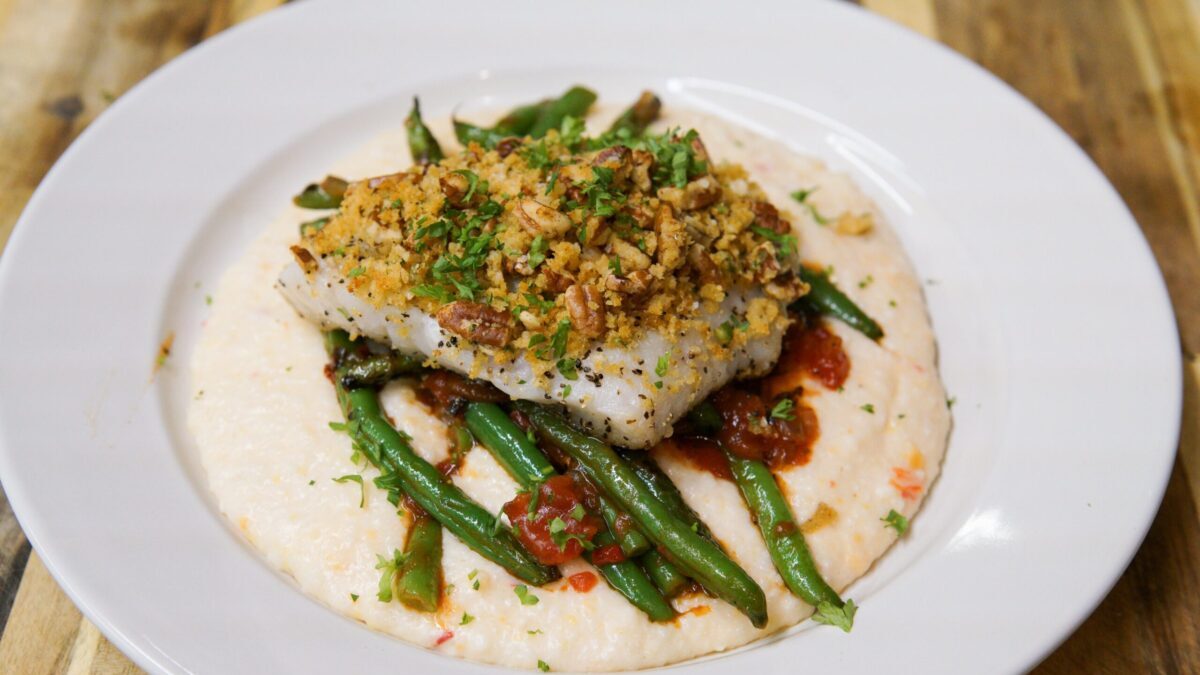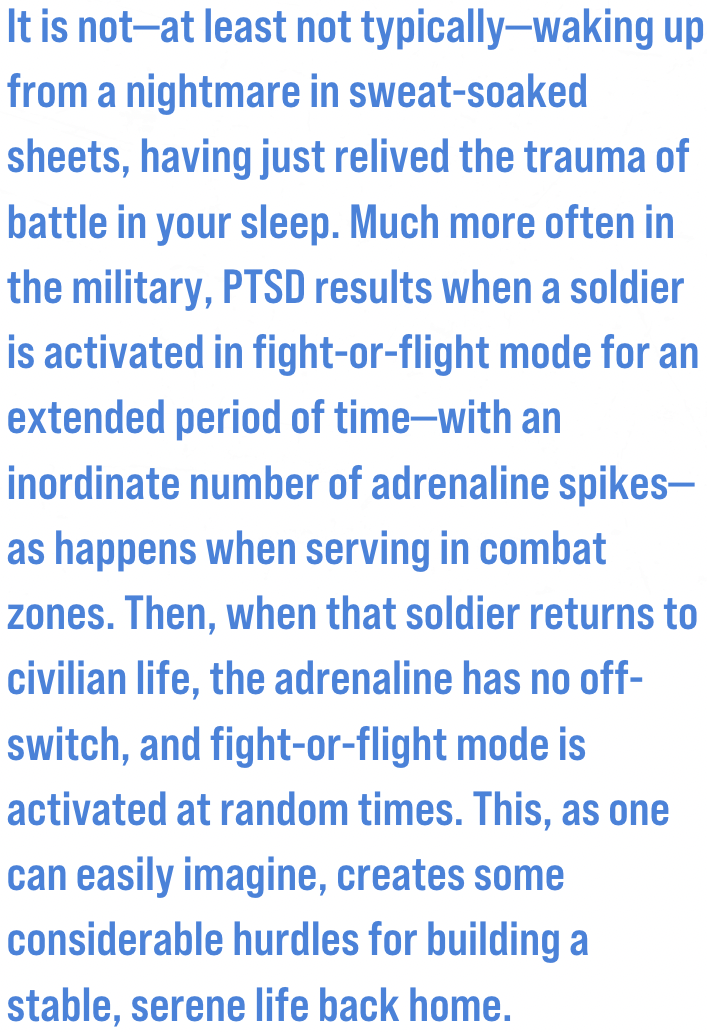 |
|
Hey Folks,
I’m back with another edition of Life Ingredients, the newsletter where we nourish the body and mind with exercise, healthy food, and positive thoughts. I write this newsletter because I want you to look after every aspect of your physical and mental health because once you do, you can create a life you love.
We’re going to kick things off as we always do, with a good hard workout.
Now let’s get to work!
|
|
|
|
|
|
Too many of us treat stretching like it’s a chore, or something to do when we’re sore or have an injury. But stretching once you’re already hurt, well, it’s a bit late in the game. See, if you had employed a total-body stretching routine on a consistent basis, you might have avoided that injury altogether. Stretching keeps muscles healthy, pliable, and injury-resistant. This is especially crucial as we age and any number of random movements—from scooping up your kid too quickly to vacuuming the stairs—can result in sudden pain and a limited range of motion that lasts for days.
Listen to my trainer, Steve Wrona, in the video here. He’s going to show you what a comprehensive, effective stretching routine looks and feels like. I’ve done it and I can promise you: It doesn’t feel like homework. In fact, it feels incredible.
|
|
 |
|
|
|
FULL BODY STRETCHING RECOVERY ROUTINE
FOAM ROLL MID AND UPPER BACK
Child’s Pose to Cobra x 5 each
World’s Greatest Stretch x 5 each
Adductor Rock back x 5 each
90/90 Hip Switch x 5 each
½ Kneeling Hip Flexor Stretch x 45 seconds each
Couch Stretch x 45 seconds each
Elephant Walk x 15 each
Open Books x 5 each
T-Spine Extension x 45 seconds
Band Pass-through x 10
Incline Bench Chest Stretch x 5
Banded Lat Stretch x 45 seconds each
Banded Chest Stretch with Shoulder Rotations x 10 each
Static Back Recovery Breathing x 5-10 minutes
|
|
|
|
 |
|
|
Did you know that to this day, if I ask someone what’s their favorite fish, there is an excellent chance they’ll say, “I don’t really like fish.”? Folks, fish is a nutritional gold mine, low in calories and high in protein. It’s also an excellent source of omega-3 fatty acids, which lower triglyceride levels, blood pressure, and the risk of a cardiovascular event. It’s also a terrific source of vitamins, A, D, and B12, which, when you eat them from whole-food sources as opposed to multivitamins, do a whole lot more for your body.
But in keeping with a theme here, getting all those benefits still sounds a bit like doing your homework if you don’t love fish, right? Well, I’m here to insist, yet again, that if you don’t love fish, you just haven’t had the right kind yet.
This Pecan-Crusted Grouper recipe has a buttery, salty, decadent crust (thanks in part to the crushed Ritz crackers I use) and the whole thing flakes apart and melts in your mouth. Served on a bed of grits and green beans, you’ve got a well-rounded meal that shows off everything a great fish entrée can be. Enjoy!
|
|
| PECAN-CRUSTED GROUPER
SERVES 4 – Cut or double recipe.
YOU’LL NEED
FOR THE GRITS
2 cups milk
1 cup water
1 cup grits
½ cup Palmetto cheese
1 stick butter
Salt and pepper, to taste
FOR THE PECAN-CRUSTED GROUPER
4 portions grouper filet (6 oz each)
¼ cup toasted pecans, chopped
¼ cup Ritz crackers, crushed
Zest of 1 lemon
2 sticks butter, melted
FOR THE BLANCHED GREEN BEANS
3 tbsp grapeseed oil
4 cloves garlic, sliced
1 onion, diced
6 oz green beans
1 cup roasted chopped tomatoes
|
|
|
| MAKE IT
GRITS
1) In a saucepan over high heat, add milk and water. Bring to a boil.
2) Using a whisk, incorporate grits.
3) Drop temperature to a low simmer and cook for about 12 minutes, stirringoccasionally.
4) Add palmetto cheese and butter.
5) Season with salt and pepper and set aside.
PECAN-CRUSTEDGROUPER and GREEN BEANS
1) Pre-heat oven to 375 degrees.
2) Season grouper with salt and pepper.
3) In a mixing bowl add Ritz crackers, pecans, lemon zest, and butter.
4) Top grouper with Ritz cracker-pecan crust. Place grouper in the oven. Cook for 4 minutes or until fish is flaky and white on the inside. Remove from oven and set aside.
5) In a sauté pan over medium high |
|
|
|
|
|
|
|
|
|
|
|
| MAKE IT CONTINUED… heat, add grapeseed oil and onions and allow to sweat. Add garlic and cook for an additional 2 minutes. Add green beans and cook for another 2 minutes. 6) Add crushed tomatoes and cook for an additional 3 minutes. Season with salt and pepper. PLATING: 1) Place grits in the middle of the plate. 2) Top grits with the tomato and green mixture. 3) Finish with fully cooked pecan-crusted grouper. |
|
|
|
 |
|
There are myriad factors that cause stress in a person’s life. Work deadlines. Health emergencies. Finances. Those are some universal ones. But for the person who feels truly overwhelmed, even the things that ought to be fun—like going on vacation or attending a party—can be fraught with pressure. That’s because the stress response, when activated almost constantly for a period of months or years, has a habit of staying activated, even at inappropriate times.
This is a phenomenon I became acutely aware of when I helped to produce a film called Hell or High Seas (available on Prime Video now.) It is a documentary that follows two men—a military veteran (Taylor Grieger) and his high school friend (filmmaker Stephen O’Shea)—as they sail around Cape Horn, home to the most treacherous seas on Earth. Why such a dangerous adventure? Well, I’m getting to that…
I won’t spoil the outcome. (If you haven’t seen it, I highly encourage you to do so.) But perhaps the most important thing the film reveals about military life is that PTSD is not what you see in Hollywood dramas.
|
|
 |
|
What’s more, adrenaline spikes occur whenever danger is present. Hence, a soldier who serves in a combat zone but with a seemingly mundane job like a cook or mechanic and never actually sees combat, is still prone to these frequent adrenaline spikes and the risk of PTSD. Ditto for other servicemen and women with non-combat-but-still-perilous jobs, like rescue diver, which was Grieger’s job.
The best solution we have at present for dealing with this issue is a novel concept called adventure therapy, where military personnel are given an off-ramp, a positive outlet for all that adrenaline that won’t stop firing. This adventure can take a lot of different forms; in Grieger’s case, it was sailing around Cape Horn, a situation where adrenaline comes in handy, can be managed to a degree, and ultimately become grafted onto positive memories.
For service members, this is a game changer of a concept and it was my hope with Hell or High Seas that we could build some support for it.
For civilians, well, you may not be suffering from PTSD and you may not have served in a job that ever put you in mortal danger. Nevertheless, there’s something to be said for having your stress response activated all the time, especially if it gets to the point where it’s hard for you to enjoy the simple pleasures of life. My advice? Rip a page from Grieger’s playbook and give yourself a little physical adventure. You don’t need to sail around Cape Horn, but you can look up a difficult hike or mountain bike trail you’ve never done before, make a plan for how to tackle it, and then go out there and do the damn thing.
In the process of doing it, you’re going to find a positive outlet for all that built-up tension. And when you’re done, you’re going to feel great about yourself, and perhaps more capable than you initially realized. Then, when you return to the flow of everyday life and its myriad stressors, you’re going to be armed with a handy reminder that you’ve handled tougher situations than this, hence you can handle anything.
Remember: nothing—as I have always maintained—is impossible.
Until next time.
|
|
 |
|
|
|
|